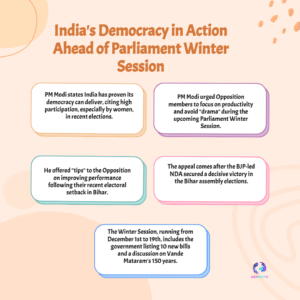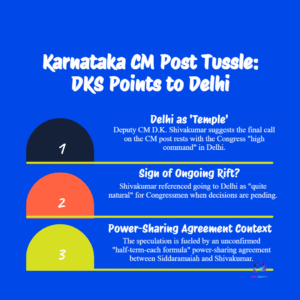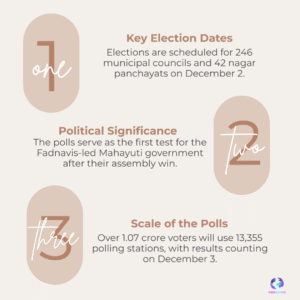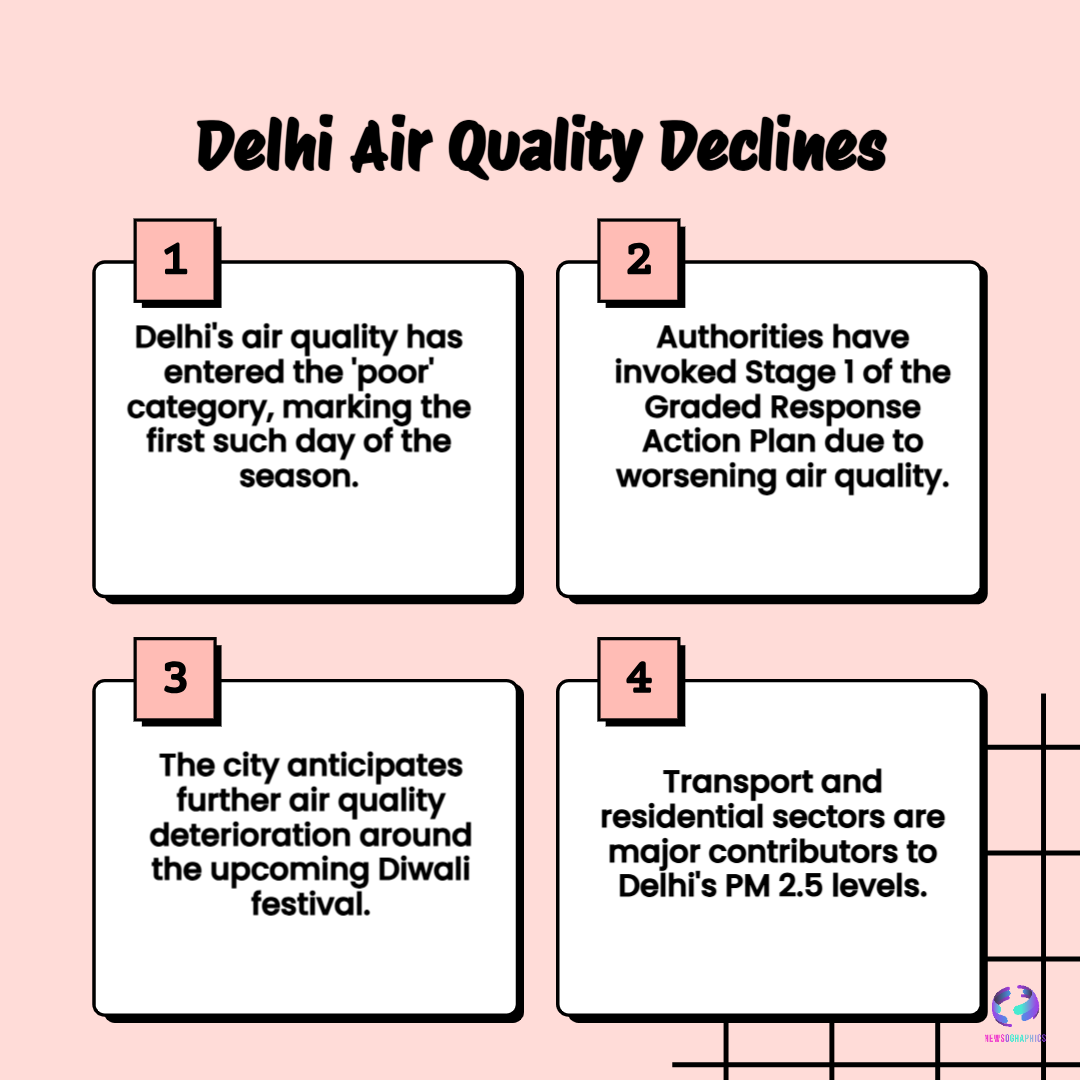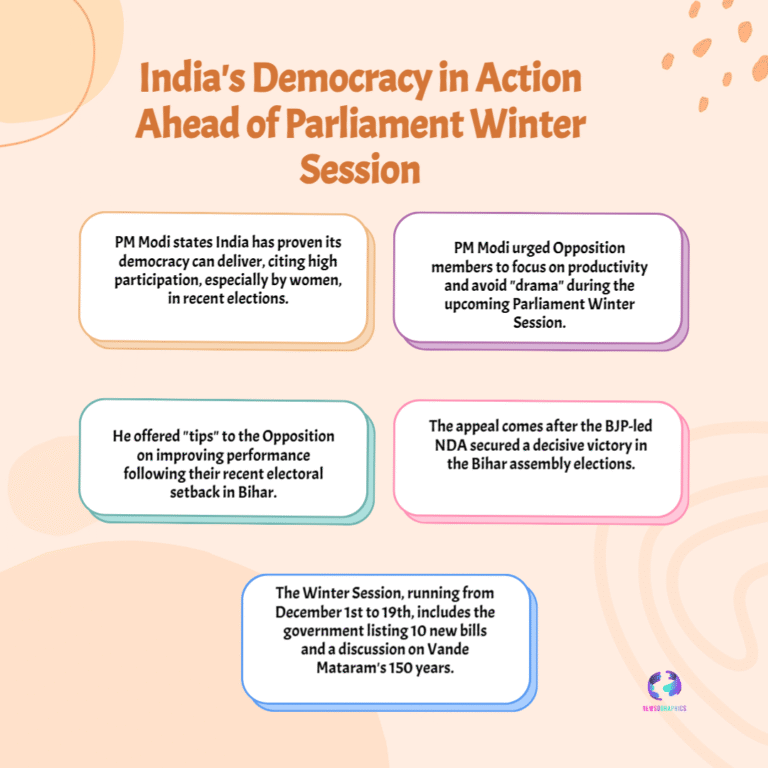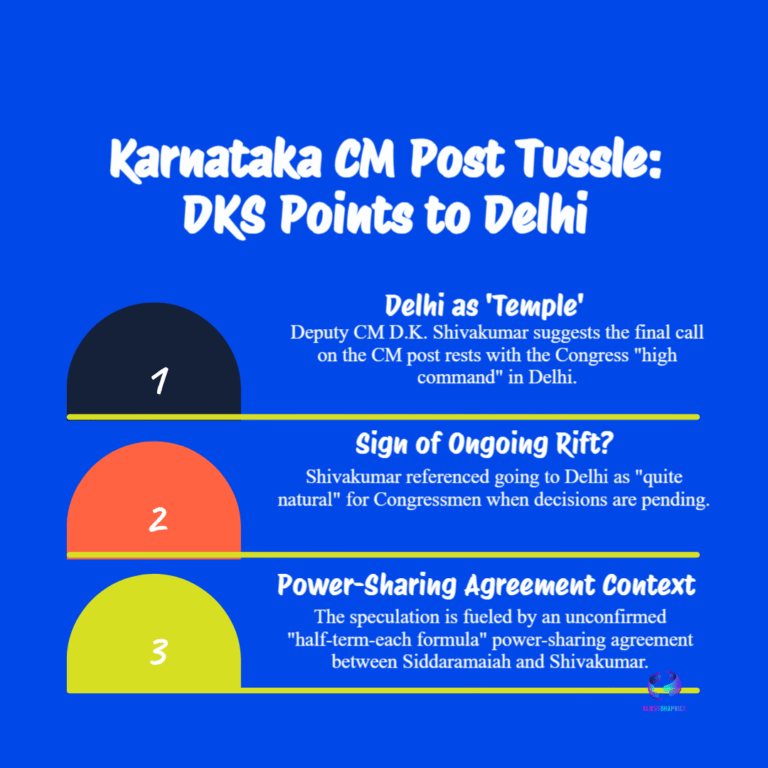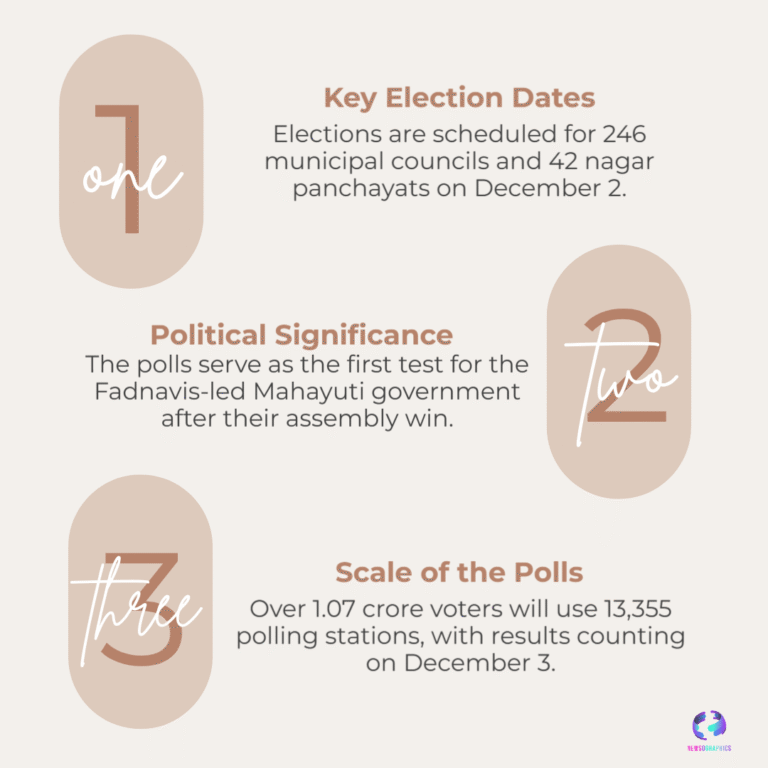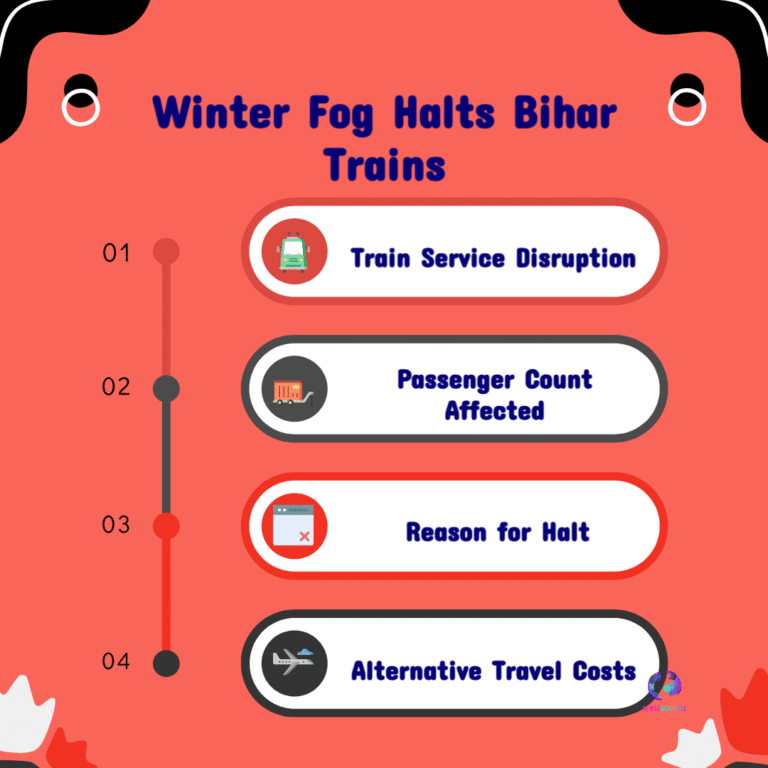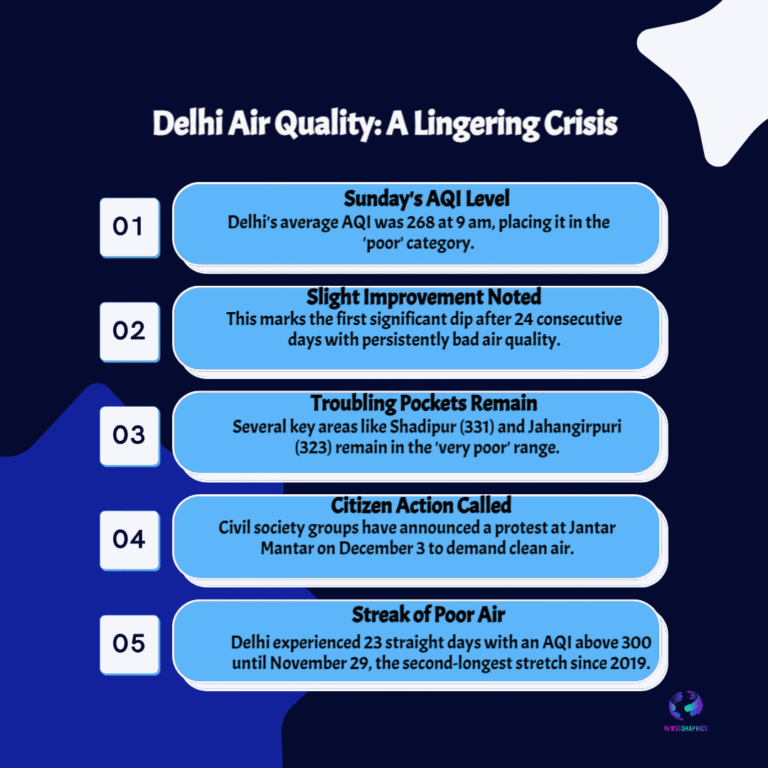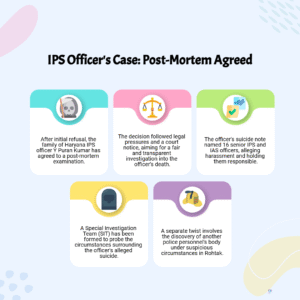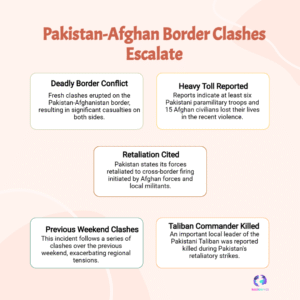Delhi’s AQI slips into the ‘poor’ category ahead of Diwali 2025 as GRAP-1 curbs come into force. Learn causes, health advisories, forecast, and practical steps to protect your family from smog and rising PM2.5 levels.
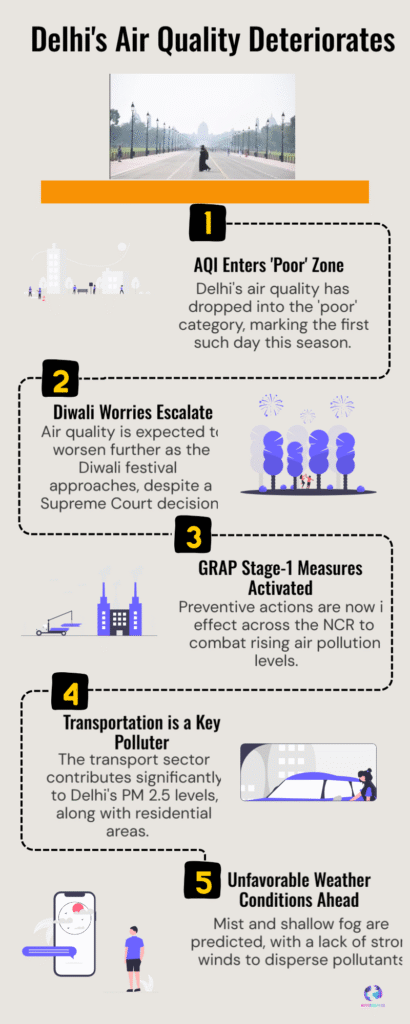
Delhi’s air quality has deteriorated into the ‘poor’ category just days before Diwali, prompting authorities to roll out early Graded Response Action Plan (GRAP) measures and warnings for residents to limit outdoor exposure. The Air Quality Early Warning System and official bulletins show a spike in PM2.5 and PM10 readings, with forecasts indicating a likely transition from ‘poor’ to ‘very poor’ if stubble burning, fireworks and stagnant weather combine in the coming week.
Local agencies have invoked GRAP Stage-1 restrictions to try to curb emissions and prevent a faster slide into hazardous levels. GRAP-1 typically includes stricter monitoring, curbs on construction activity in the National Capital Region, and intensified enforcement against open burning — measures intended to reduce immediate particulate loads while longer seasonal influences set in. Officials emphasized early implementation to avoid emergency measures later in the week if meteorological conditions worsen.
Meteorology is playing a central role: falling night-time temperatures, lower wind speeds and an expected inversion layer create conditions that trap pollutants close to the ground. These meteorological factors — combined with emissions from vehicles, coal- and wood-burning, and crop-residue fires in neighbouring states — have historically driven Delhi into the winter pollution season, and forecasters say this year may follow the same pattern unless immediate emission controls and behavioural changes occur.
The usual seasonal trigger — crop stubble burning in parts of Punjab and Haryana — remains a significant contributor to transboundary smog. Satellite and ground reports show periodic plumes drifting toward the capital, and experts warn that any additional local sources of smoke, including large-scale firecracker use during Diwali, could rapidly push the AQI from ‘poor’ into ‘very poor’ or ‘severe’. Health agencies recommend that people with respiratory or cardiac conditions, children and older adults avoid prolonged outdoor activity and use N95 masks when venturing outside.
Practical steps for residents: monitor live AQI dashboards, reduce outdoor exercise on high-pollution days, use air purifiers indoors if possible, seal windows during peak smog hours, and avoid burning waste at home. Employers and schools may need contingency plans for vulnerable populations on days when AQI spikes; short-term behavioural changes — such as trip-sharing, avoiding diesel generators, and refraining from bonfires or firecrackers — can help reduce peak pollution episodes.
Policy and long-term solutions remain critical. While GRAP measures address immediate risk, long-term improvement depends on sustained action: cleaner fuels, stricter vehicle-emission enforcement, investment in public transport and cold-season agricultural practices to eliminate stubble burning. Experts stress coordinated central and state-level action, plus community engagement, to make festival seasons less damaging for air quality.

